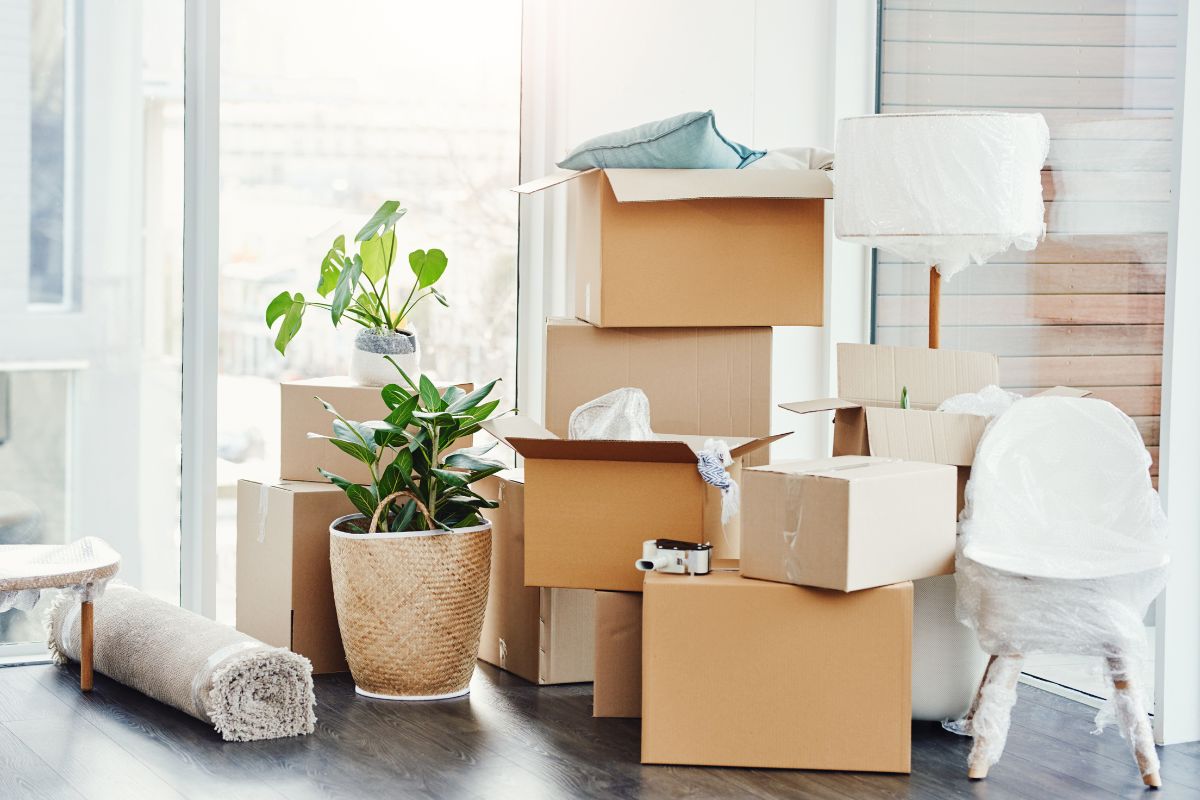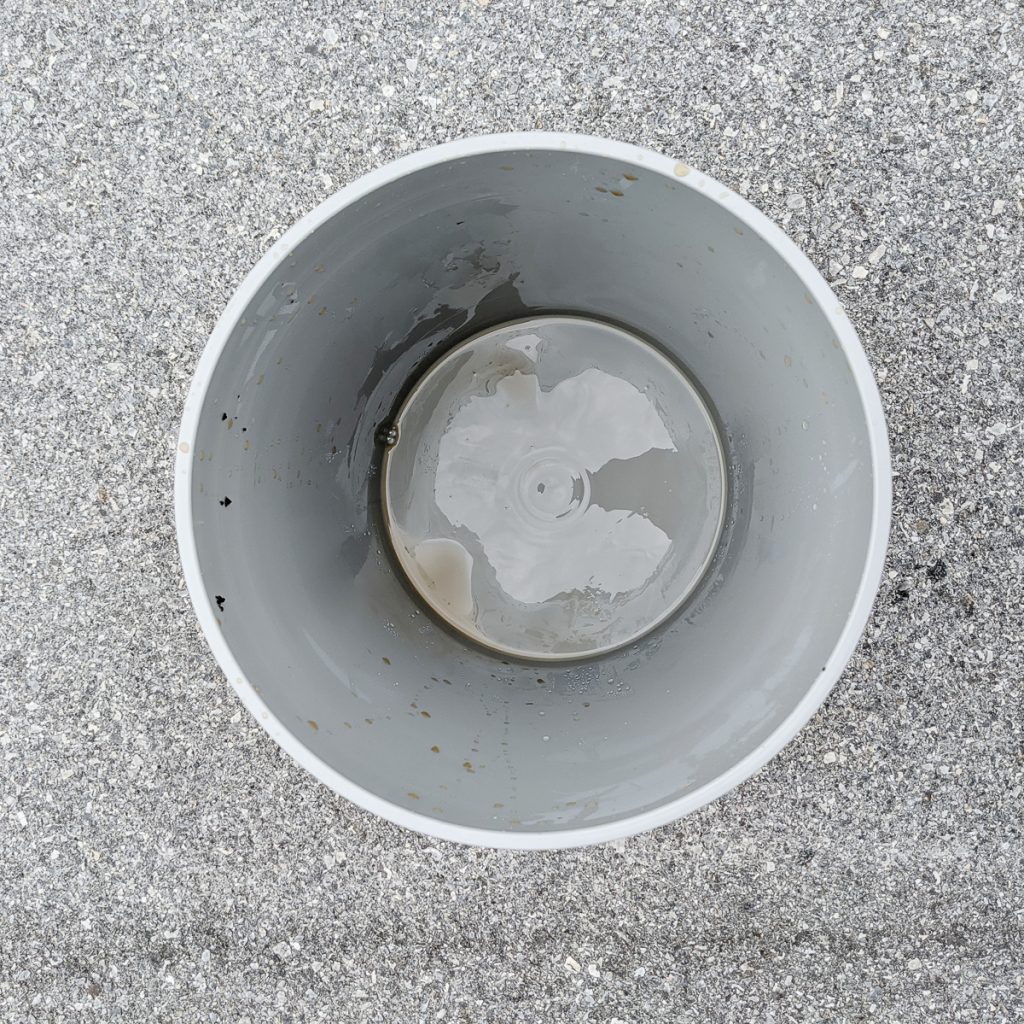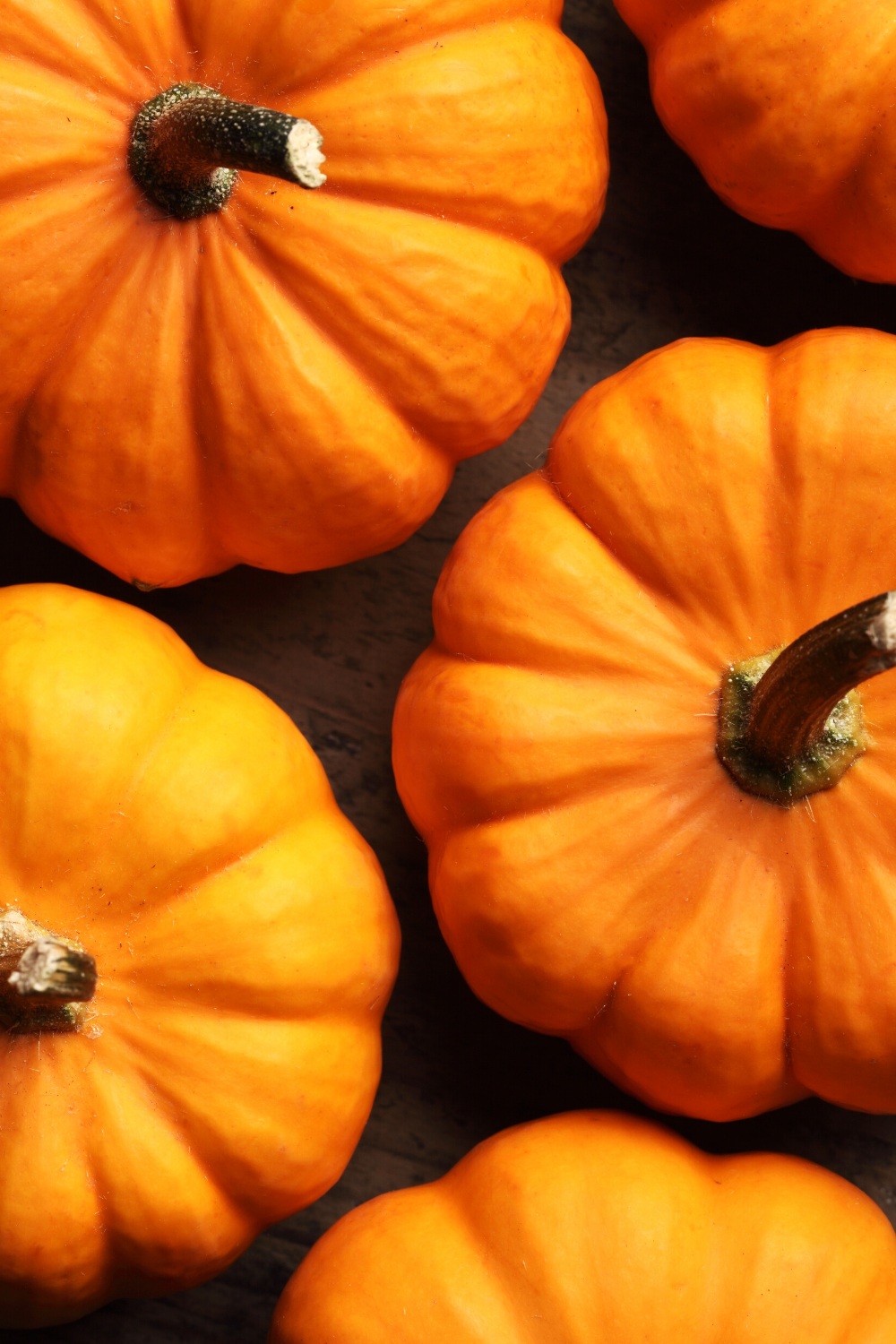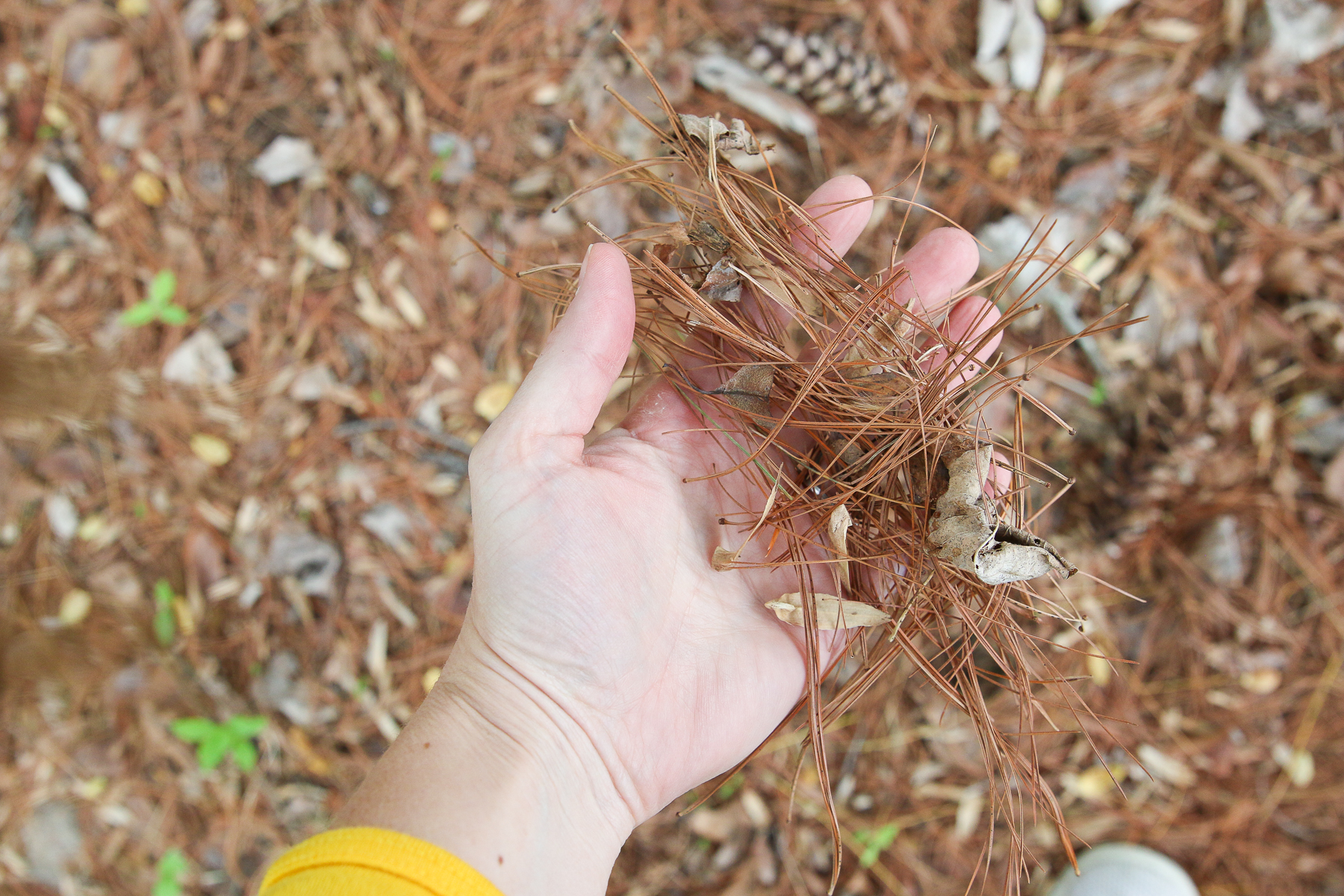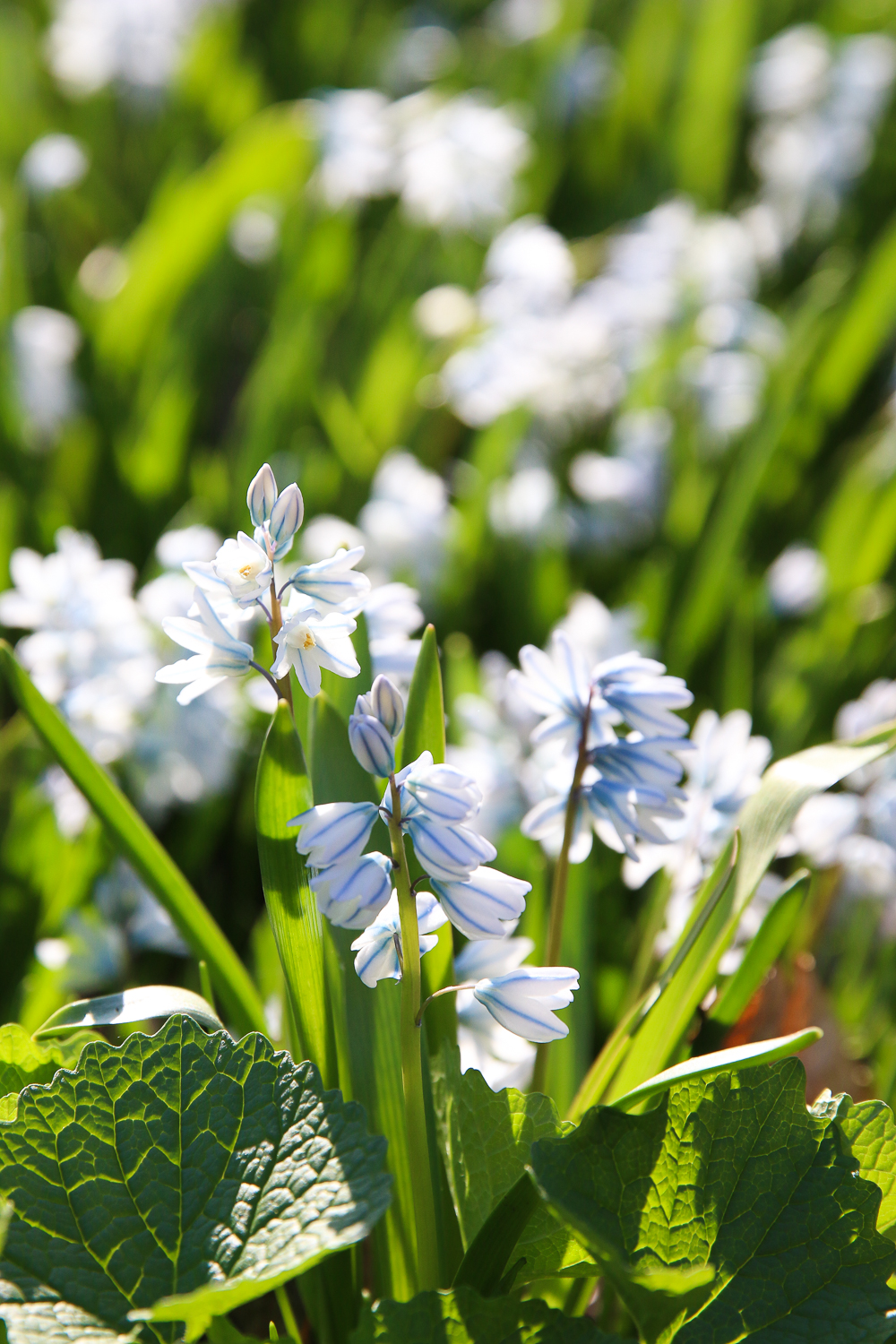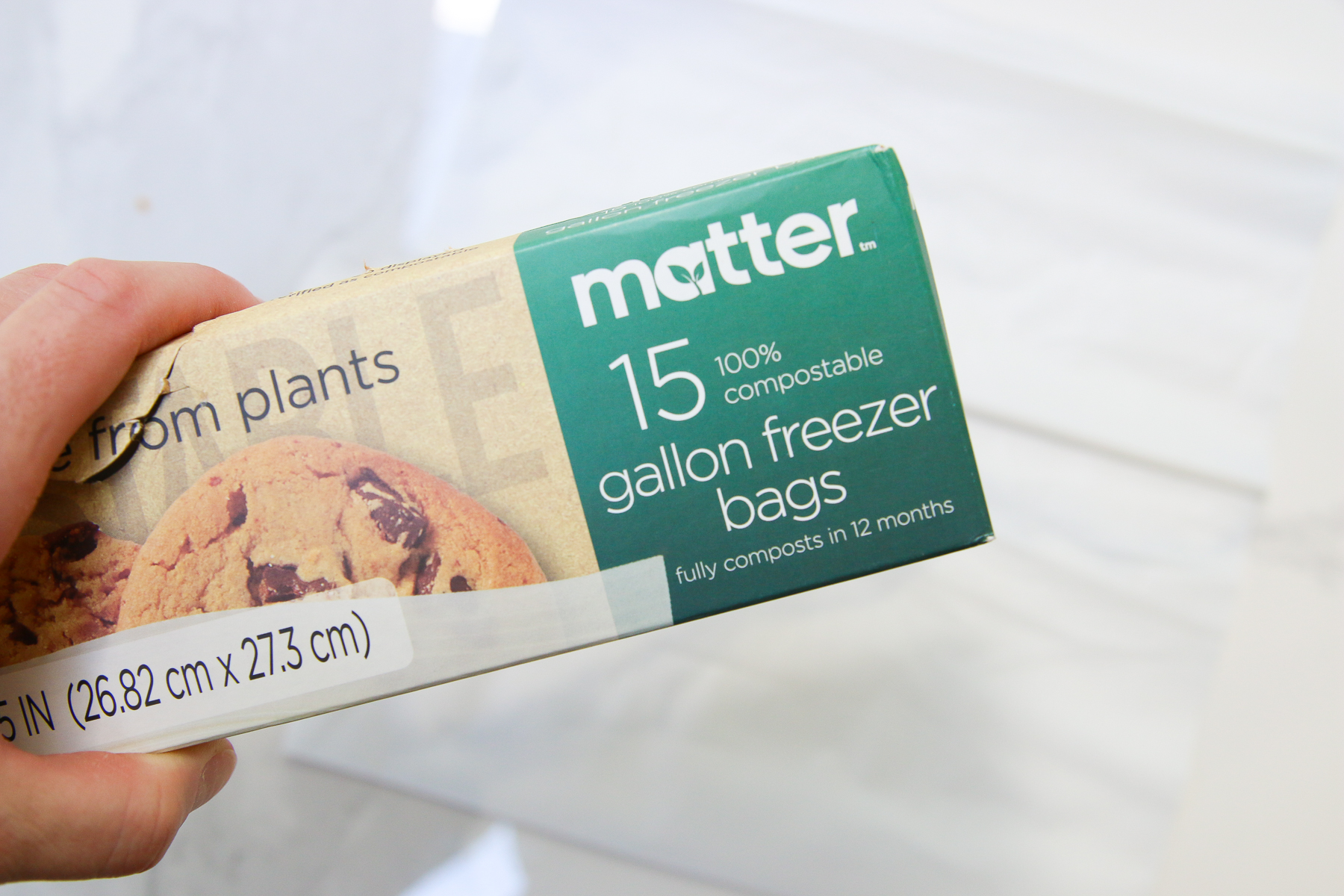Compost Chronicles | Simple DIY Three Bin Compost System
Ready to compost at home but not sure how to get started? Check out David’s chill and experimental compost ways. He’s figured out a system that works for him and his partner that feels so low-key that it should encourage you to get started.
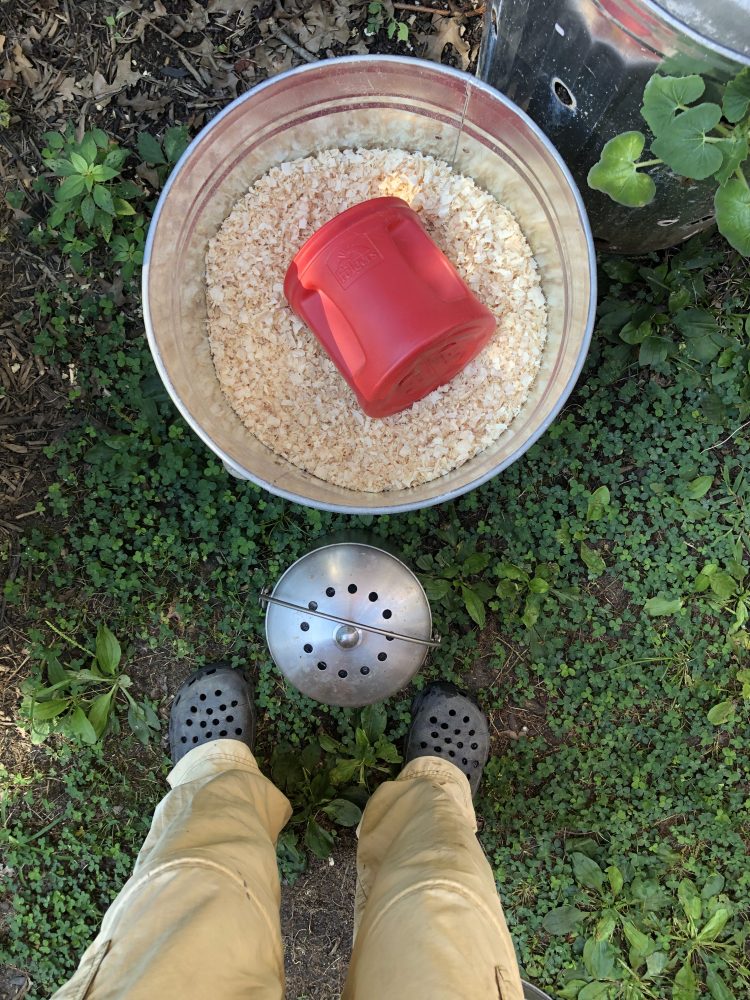
The Compost Chronicles series highlights families in various circumstances who have all found a way to compost at home that works for their lifestyle. Hopefully, you can be inspired to give it a go and help our planet become a little healthier.
Did you know that composting can transform your trash into new life? And that new life, in the form of microbes, fungi, earthworms, and more, provides the foundation for much of all other healthy life on Earth?
Composting is a great way to create healthy soil to support people and our planet. Healthy soil is also a magical carbon sink that absorbs carbon from our atmosphere and helps cool the planet. While dead dirt has few living organisms, a teaspoon of healthy soil has more living organisms in it than the entire population of humans on Planet Earth!
We need everyone to learn how to compost at home and make it a part of everyday life.
Don’t think you can compost? We’ve got a whole set of resources on Everything To Know About How To Compost At Home, including more Compost Chronicles interviews. All of this information about how to compost at home will hopefully prove that just about anyone can make space and find a system to turn their food scraps into nutrient-rich compost to enrich our soil, feed our food cycle, and limit the food waste that ends up in landfills.
Meet David.
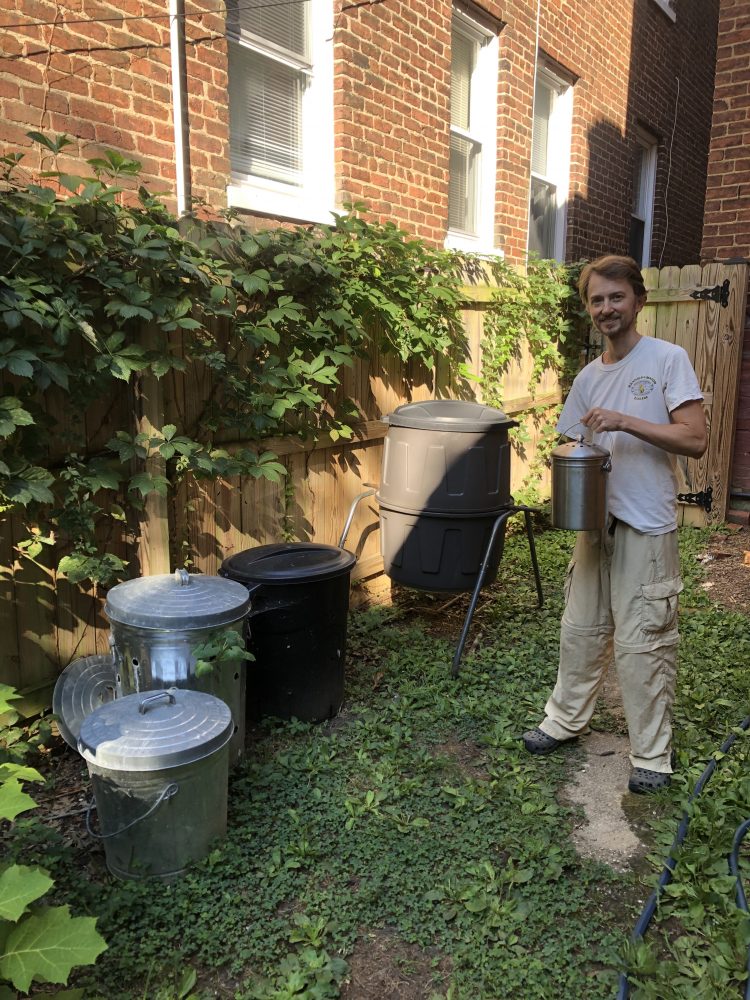
Can you tell us a bit about yourself, where you live, your family, etc…?
I live with Lisa (partner) and Penny (dog) in the Church Hill neighborhood of Richmond, Virginia. We have an old brick house with a small backyard — just the right amount of work for us!
Tell us a little bit about why you decided to start composting.
I like the idea of “urban homesteading,” and while that lifestyle is still largely aspirational for us, composting has been an easy place to start. Composting is DIY, connects you with food and soil, is a fun science experiment, and produces great stuff to grow food and native plants in.
Composting also relieves some guilt over food waste. We try to minimize what we acquire and don’t eat, but that occasional bag of forgotten cilantro in the bottom of the fridge now has a productive place to go.
What method of composting do you use?
We use three bins in the yard: the first and third are trash cans with large holes drilled in the sides and bottom, and the second is a rotating composter (purchased at Lowe’s I think). Scraps first go into Bin #1. When there’s room in Bin #2 (the rotator), scraps move in there — I try to give it a few spins every day. Once the material in the rotator has a rich dark color, earthy smell, and not too many lumps, I move it to Bin #3, mixing it in with whatever is already there. It will rest there until we spread it in the garden.
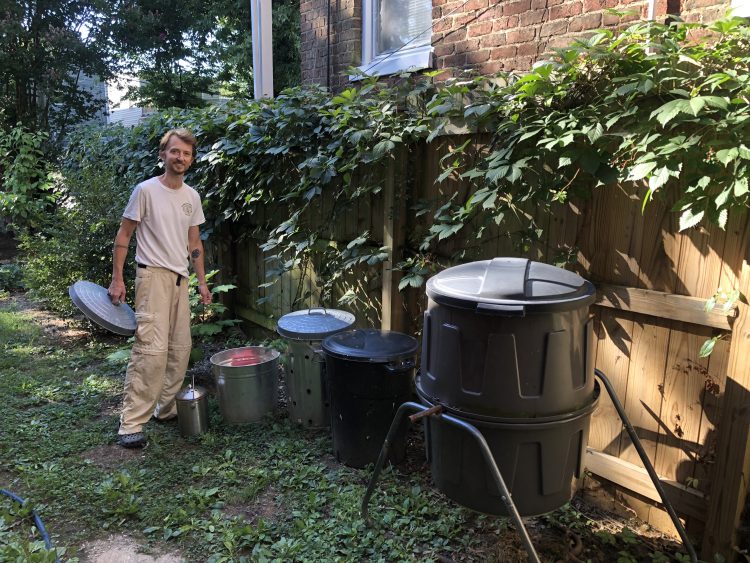
Do you have any issues with critters getting into any of the bins?
I have thankfully never had problems with animals getting in any of the bins. The lids fit fairly tightly, which probably keeps out rats, but I doubt they’d be a match for a racoon. Maybe they just avoid my yard for some reason! (Note that my rotating composter has a secure locking feature, which I’d guess is raccoon-proof.)
For your compost at home, how do you store the scraps until they are taken to your compost pile?
We use a small Target-purchased compost can under the sink — it has a charcoal filter inside the top to minimize smells. In our experience, taking very wet or already rotten things directly to Bin #1 outside helps avoid odors in the house. It’s good to hose out the under-sink bin every once in a while. We’ve never had significant issues otherwise.
Related Read: How To Store Food Scraps For Composting At Home
Do you have any special tools, containers, or products that help make composting easier or more accessible for you?
I really like our rotating composter — I think the aeration speeds up the process quite a bit. The under-sink can is good, too. For Bins #1 and #3, I really like the look of metal trash cans; unfortunately, they will eventually rust through, so we’re in the process of switching over to plastic.
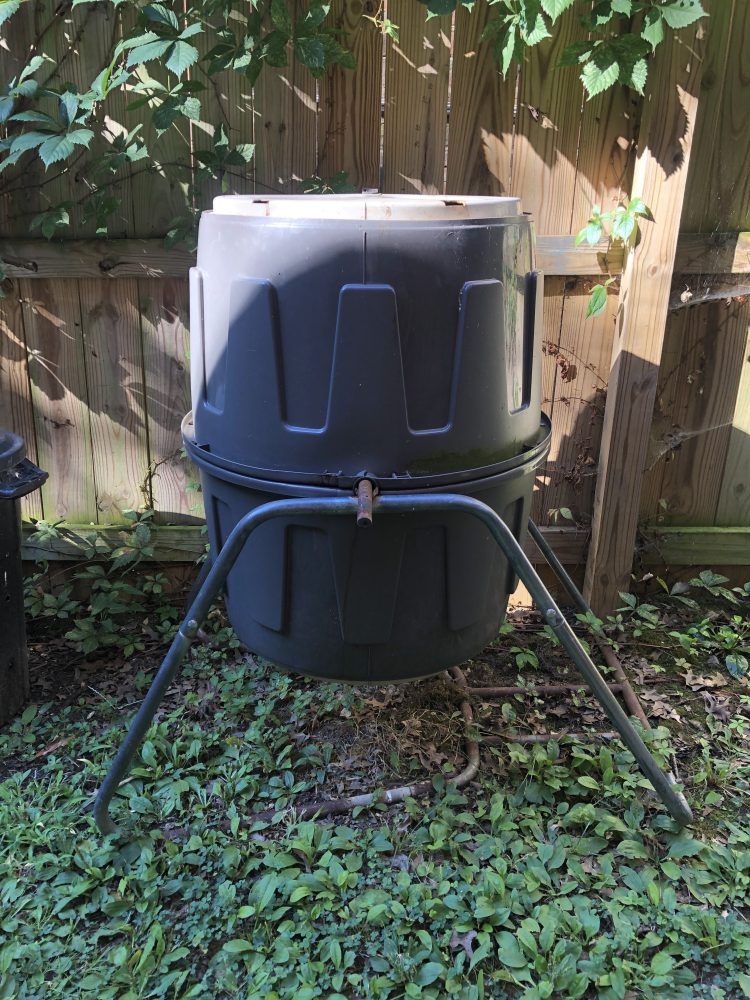
What do you use for your browns in the bin? Do you store them anywhere?
We’ve tried a few different browns — including shredded office paper and (unshredded) leaves — and landed upon our favorite so far: shredded wood rabbit bedding! It’s super dry and will help absorb some of the moisture in the compost, which can get yucky if it’s too wet.
The rabbit bedding is a little expensive — and annoyingly comes wrapped in plastic — so we are still considering other options. If you have a source of natural wood sawdust, that would probably be great. We keep it in a small bin next to Bin #1 and scoop some in between kitchen scrap loads (and as needed).
Do food scraps from your home kitchen make up most of your greens in the bin?
Yes. Trimmings from houseplants and the vegetable bed will make it in, as long as they are tender and not too woody. We’ll also compost old/used potting soil, after shaking out any stringy roots.
Are there restrictions on what you put in your compost bin + why?
No meat or very oily things, though a bit of fish skin or some shrimp shells seem to be fine. (We are mainly pescatarians at home.) Woody stems and avocado pits don’t break down well, so we avoid them. Some people choose not to include citrus peels, but we do.
Related Read: Can I Compost…? Interactive Tool
How does your partner feel about composting?
Lisa is totally on board! She’ll go to the trouble of ripping up cardboard takeout containers and pizza boxes (which are oily and can’t be recycled) and throwing them in the compost. It’s one of the many reasons I love her!
Have you experienced any benefits from composting, especially ones that might have surprised you?
Essentially zero food waste and great natural fertilizer/soil for our garden. Both are pretty obvious! Also, the ground underneath the compost bins will be very fertile for planting later.
Do you feel there is diversity in the composting community? (ethnicity, gender, age, etc.)
That’s a good question, but I don’t really feel that I am part of any composting community. Certainly I’ve talked to some people about composting before, but I wouldn’t say they are a representative sample of some larger group. Lisa and I will likely be getting a local community garden plot next year, so that might provide some perspective …
Anything else you’d like to share with readers about your composting practices, especially to help beginners gain confidence that they too can compost?
Take the plunge! I remember waffling for years about when and how I should start composting, and I regret all that needless hesitation.
Don’t expect perfection at the start — you’ll need to figure out a system that works for you and your family. You may end up with a stinky or sloppy batch, with bugs (black soldier fly larvae are common, and nothing to worry about), or with a pile that seems very slow to mature. These are all opportunities to learn, adjust, and experiment. The stakes are low, but the potential gains are high. Go for it!
About The Author

Rupa Singh
Rupa Singh is an ex-social entrepreneur and mom of three kids connecting them to their South Asian (Indian) roots + sustainability. Organizational wife to an altruistic architect. Advocate for low waste + thoughtful consumption. Continually unlearning + learning. Her bullet journal + audiobooks + morning ritual feed her spirit.

